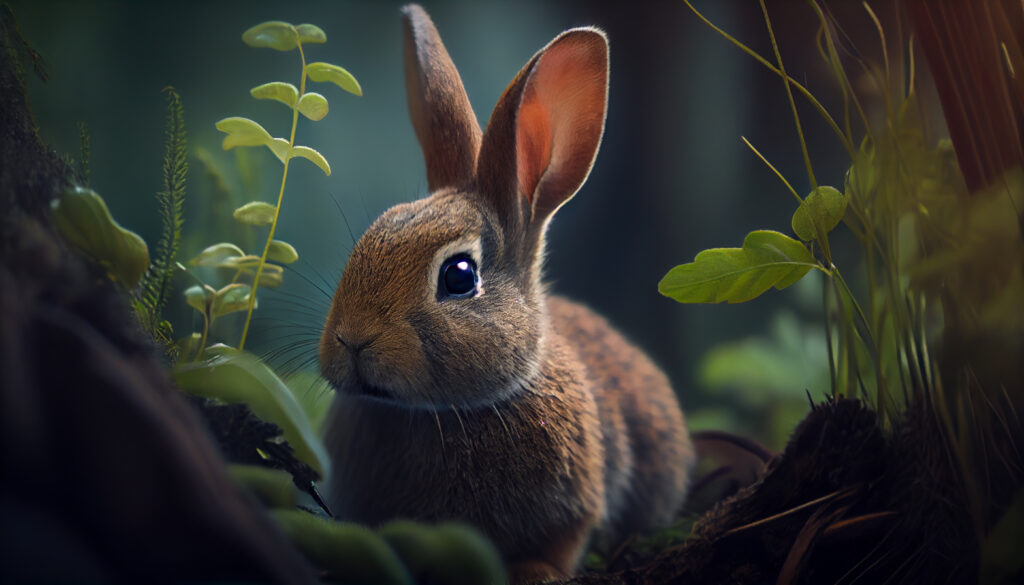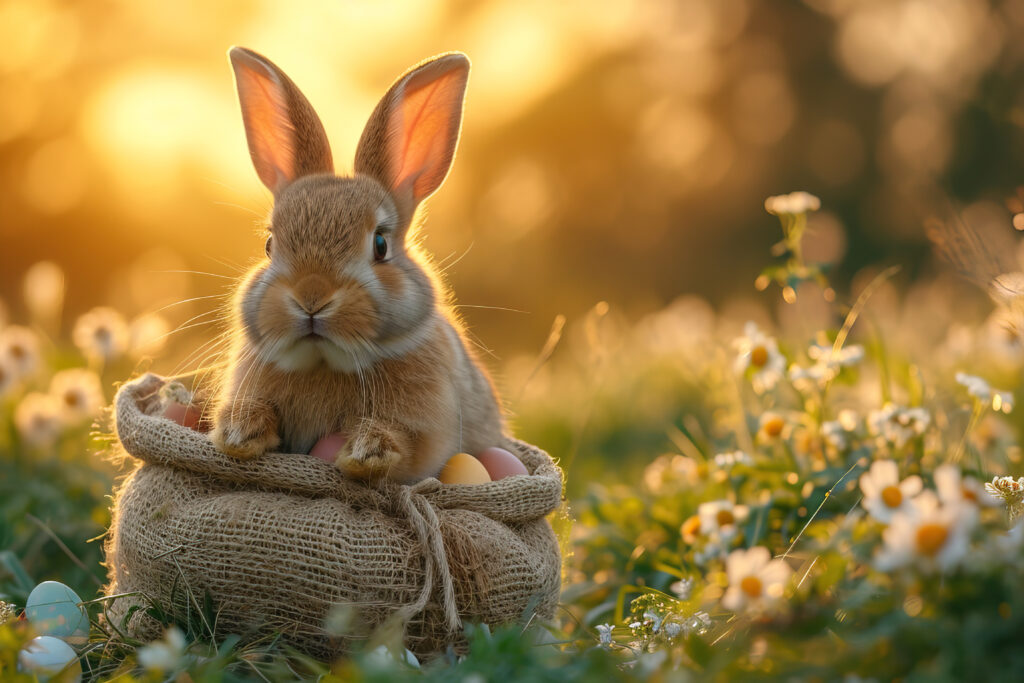Keeping a rabbit healthy requires commitment, proper care, and an understanding of their unique needs. Rabbits are delicate creatures, and their well-being depends on a balanced approach that includes the right nutrition, housing, grooming, and mental stimulation. In this comprehensive guide, we’ll explore the essential care tips that will help you ensure your rabbit remains healthy and happy for years to come.
1. Provide a Balanced and Nutritious Diet
One of the most crucial aspects of rabbit care is ensuring that your pet is getting the right nutrition. Rabbits have sensitive digestive systems, and a proper diet is essential for maintaining their health.
Hay: The Foundation of a Rabbit’s Diet
The primary component of a rabbit’s diet should be high-quality hay. Hay provides the necessary fiber that keeps their digestive system functioning properly. Timothy hay, meadow hay, and orchard grass are all excellent options. Rabbits should have unlimited access to fresh hay at all times.
Fresh Vegetables for Vitamins and Minerals
In addition to hay, fresh vegetables should be provided daily. Leafy greens like romaine lettuce, cilantro, parsley, and dandelion greens are great choices. Avoid vegetables high in oxalates, such as spinach and kale, in large quantities, as they can cause health problems over time.
Pellets in Moderation
While commercial rabbit pellets are available, they should be given in moderation. Choose pellets that are high in fiber and low in protein and calcium to prevent digestive issues and obesity. A general recommendation is to provide about ¼ cup per 5 pounds of body weight.
Fresh Water
Always ensure your rabbit has access to fresh, clean water. Water bottles or bowls can be used, but bowls should be heavy enough to prevent tipping.
2. Proper Housing for Your Rabbit
Rabbits need a safe and spacious environment to thrive. Their living quarters should offer comfort, security, and plenty of room for exercise.
Indoor Housing
Many rabbit owners choose to keep their rabbits indoors, where they can be protected from predators and extreme weather. An indoor rabbit hutch or cage should be at least four times the size of your rabbit when fully stretched out. The floor should be lined with soft bedding, such as hay, straw, or paper-based products.
Free Roaming
If possible, allowing your rabbit to free-roam in a bunny-proofed room is ideal. This provides more space for exercise and mental stimulation. Ensure that electrical cords, toxic plants, and other dangerous items are out of reach.
Outdoor Housing
If you choose to keep your rabbit outdoors, the hutch should be well-insulated, weatherproof, and predator-proof. A secure enclosure is necessary to prevent attacks from cats, dogs, and other wildlife. Always provide shade during hot weather and extra bedding during colder months.
3. Regular Exercise and Mental Stimulation
Rabbits are active animals that need plenty of exercise to maintain their physical and mental health. A lack of movement can lead to obesity, digestive problems, and depression.
Exercise Time
Provide your rabbit with at least three to four hours of supervised exercise time daily. This can be done indoors or in a secure outdoor area. Toys, tunnels, and ramps can encourage natural behaviors like digging, running, and jumping.
Mental Stimulation
In addition to physical exercise, rabbits require mental stimulation to prevent boredom. Offer enrichment toys, such as puzzle feeders, chew toys, and cardboard boxes, to keep your rabbit engaged. Regular interaction with humans or other rabbits can also provide important social stimulation.
4. Grooming and Hygiene
Regular grooming is vital to keeping your rabbit healthy. Rabbits are meticulous groomers, but they still need a bit of help to maintain optimal hygiene.
Brushing
Rabbits shed regularly, and long-haired breeds, in particular, require daily brushing to prevent matting. Use a soft-bristle brush to remove excess fur and reduce the risk of hairballs, which can cause digestive blockages.
Nail Trimming
Rabbits’ nails grow continuously and must be trimmed every 4-6 weeks. Overgrown nails can cause discomfort and difficulty moving. If you’re unsure how to trim your rabbit’s nails, a veterinarian or a professional groomer can assist.
Check for Health Issues
Regularly check your rabbit for signs of illness or discomfort. Inspect their ears, eyes, teeth, and skin for abnormalities such as discharge, swelling, or redness. Dental problems are common in rabbits, so ensure their teeth are wearing down properly through chewing hay and toys.
5. Maintain a Clean Environment
Keeping your rabbit’s living area clean is essential for preventing disease and ensuring their overall well-being.
Daily Cleaning
Spot-clean your rabbit’s enclosure daily by removing soiled bedding, droppings, and uneaten food. This helps to minimize odors and reduce the risk of infections.
Weekly Deep Clean
Perform a more thorough cleaning of the hutch or cage at least once a week. Disinfect food bowls, water bottles, and toys, and replace all bedding with fresh, clean materials. Avoid using harsh chemicals, as they can be harmful to your rabbit.
6. Health Checks and Vet Visits
Regular health checks and veterinary care are crucial for keeping your rabbit in good shape. Rabbits are prone to specific illnesses, and early detection can make a significant difference.
Common Rabbit Health Problems
Some common health issues in rabbits include dental disease, gastrointestinal stasis, respiratory infections, and parasites. It’s important to be aware of the symptoms of these conditions so you can seek prompt veterinary care.
Routine Vet Visits
Take your rabbit for a yearly health check with a rabbit-savvy veterinarian. Spaying or neutering your rabbit is also recommended to prevent reproductive diseases and reduce aggressive behaviors.
7. Socialization and Bonding
Rabbits are social animals that thrive on interaction. Whether bonding with humans or other rabbits, socialization is key to their happiness.
Bonding with Other Rabbits
If you have more than one rabbit, it’s important to introduce them properly to avoid fighting. Bonding rabbits can take time, but once established, they will often form a close, loving pair. Supervised bonding sessions in a neutral space are recommended.
Building Trust with Your Rabbit
To build trust with your rabbit, spend time sitting quietly near them, offering treats, and gently petting them. Over time, your rabbit will grow more comfortable and may even begin to seek out your affection.
8. Spaying and Neutering
Spaying or neutering your rabbit has numerous benefits for both their health and behavior. Unspayed females have a high risk of developing uterine cancer, while unneutered males can exhibit aggressive behaviors or mark territory.
Behavioral Benefits
Spayed or neutered rabbits are often calmer and easier to litter train. The surgery also helps to reduce the risk of unwanted pregnancies if you have multiple rabbits.






